The Decline of Annual Giving in Philanthropy
I am having the same conversation over and over and over. Traditional annual giving strategies going forward are going to have to change. And quickly.
Annual giving has long been a cornerstone of philanthropy, providing nonprofits with a reliable stream of funding. However, recent years have seen a noticeable decline in this once steady source of support. Several factors contribute to this trend, which is shaping the future of nonprofit fundraising in significant ways.
The numbers tell a compelling story. According to the Giving USA 2023 report, charitable giving in the United States fell by 3.4% in 2022, marking one of the few declines in recent history. Specifically, individual giving, which makes up the bulk of annual donations, dropped by 6.4%. This decline is even more pronounced when adjusted for inflation, reflecting the economic pressures faced by many donors.
A report by the Fundraising Effectiveness Project (FEP) corroborates these findings, noting a 10% drop in the number of donors from 2021 to 2022. Additionally, the total dollars raised from annual giving campaigns decreased by 5.7% during the same period. Add to all of this the work by Nathan Chappell, in book the Generosity Crisis, where he posits that less than 47% of the households in the United States are making any gift to any nonprofit. That is down from 66%, or two thirds, in 2002.
These statistics highlight a troubling trend for nonprofits that rely heavily on annual contributions to sustain their operations.
Two of the primary drivers behind the decline:
• Economic uncertainty. The COVID-19 pandemic, inflation, and fluctuating market conditions have left many individuals feeling financially insecure. When faced with economic challenges, donors often prioritize their personal financial stability over charitable contributions.
• Bifurcated wealth. In the US, we have more and more data to support a bifurcated wealth “system.” Basically, the haves and have nots. And while there are LOTS of different perspectives as to why, the numbers do not lie. The top 1% of households hold over 30% of the country's wealth, while the bottom 50% hold just 2%. This disparity has widened over the past few decades, exacerbating economic inequality and reducing opportunities for mobility.
The rise of donor-advised funds (DAFs) has shifted the landscape of giving as well. DAFs allow donors to make a charitable contribution, receive an immediate tax deduction, and then recommend grants from the fund over time. While this can lead to more strategic giving, it also means that funds may sit in DAFs for extended periods before being distributed to nonprofits. As a result, the immediacy of annual giving is diminished.
Add to all of this the generational change occurring. Younger generations, particularly Millennials and Gen Z, tend to favor more targeted, impact-driven giving rather than traditional annual campaigns. These donors are more likely to support specific projects or initiatives where they can see a direct impact. This shift challenges nonprofits to rethink their fundraising strategies and adapt to new donor expectations.
Additionally, the rise of digital fundraising platforms has changed the way people give. Crowdfunding campaigns, social media fundraisers, and peer-to-peer giving have become increasingly popular, often at the expense of traditional annual giving drives. While these methods can be highly effective, they require different approaches and resources to manage successfully.
Transparency and communication are key. Donors want to know how their contributions are making a difference. By providing clear, impactful stories and demonstrating the tangible outcomes of their support, nonprofits can build trust and foster long-term relationships. And this will take real strategy, beyond the traditional, that focus on real and individualized communication and segmenting outreach to meet groups of donors where they are to foster trust and legitimate engagement—even if through non-face-to-face communication.


